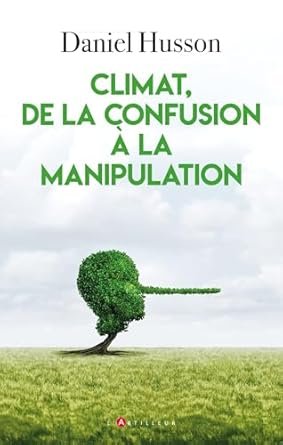l’impact de l’introduction d’une monnaie digitale de Banque centrale sur la mise en œuvre de la politique monétaire.
Bonne lecture.
Central bank digital currency and monetary policy implementation
Central banks around the world have been assessing the advantages and disadvantages of CBDCs. A CBDC is a new form of central bank money. Like banknotes, it is a claim on the issuing central bank that can be used to make payments with instant settlement 24 hours a day, seven days a week. But unlike banknotes, it exists only in digital form. If it is available to the general public, including households and non-financial corporations, it is referred to as a retail CBDC. If it can only be used by (financial) institutions, it is referred to as a wholesale CBDC. In 2022, 80 out of the 86 central banks that responded to a survey conducted by the Bank for International Settlement (BIS) said that they were engaged in work on the issue of CBDCs. A small number of central banks had already introduced a retail CBDC (the central banks of Nigeria, the Bahamas, Jamaica and the Eastern Caribbean Currency Union) or were conducting pilot tests (China, India). Other central banks have announced concrete investigations into a retail CBDC (e.g. the Bank of England and the ECB).
In the paper, we discuss the potential implications of a retail CBDC for the implementation of monetary policy. One of the main objectives of monetary policy implementation is to steer short-term market interest rates to the level that is considered appropriate for the monetary policy being pursued. For most central banks, this is achieved by, among other things, controlling the amount of reserves that the banking sector holds with the central bank. Given that a retail CBDC could have an impact on the stock of reserves, it is an important factor to be considered in relation to monetary policy implementation.
This paper looks at different aspects of the introduction of a retail CBDC and the likely implications for monetary policy implementation, focusing in particular on the impact on bank deposits and reserves. Its findings can be summarised as follows:
1. Introducing a retail CBDC might change the amounts customers hold on deposit with the commercial banking sector. It is often assumed, or claimed, that a retail CBDC would reduce commercial bank deposits given that customers might convert some of their deposits into CBDC. However, the situation is, we would argue, more subtle and under certain conditions bank deposits might even increase, in particular if the CBDC is designed so that conversion of bank deposits into and out of CBDC was a highly convenient option. In a banking crisis, however, a CBDC could result in a significant loss of bank deposits. To avoid this, a limit on the amount in CBDC any individual user could hold is likely to be a critical feature.
2. The impact of a retail CBDC on bank deposits might also depend on whether or not the CBDC is remunerated. Most CBDC that have been launched or are being developed are unremunerated, which could, theoretically, have a strong negative impact on bank deposits if market interest rates were to move into negative territory and this was reflected in the rates offered on bank deposits. Were this to be the case, an unremunerated CBDC could make banks reluctant to apply negative rates on bank deposits, weakening the transmission of negative central bank policy rates. This may strengthen the argument for a CBDC holding limit. Empirical findings for the euro area suggest, however, that the impact might, in fact, be relatively moderate even without a holding limit, given that interest rates on household overnight bank deposits barely slipped below zero when market interest rates turned negative in the euro area. The situation was to some extent different for bank deposits by corporations.
3. If a CBDC were to result in a reduction in bank deposits and the central bank did not lengthen its balance sheet, then the reserves the banking sector holds with the central bank might decline. Replacing the deposits lost with market funding would not help to restore those reserves; only additional liquidity provided by the central bank could serve this purpose.
4. A CBDC might create challenges for monetary policy implementation if it were to lead to a significant lengthening of the central bank balance sheet. For assessing the amount of CBDC that could be put into circulation, central banks would need to take into account both the minimum amount of reserves required for the smooth implementation of monetary policy and the maximum amount of additional liquidity that they are prepared to provide (see Section 3.2). Clearly, these are just some of the aspects, among many others, that would need to be considered in assessing the amount of CBDC that could be put into circulation.
5. If monetary policy is implemented in a floor system (see Section 4.1 and Box 3), the introduction of a CBDC (i) may require additional central bank asset purchases or additional central bank credit offered at sufficiently favourable conditions and (ii) may increase the minimum amount of reserves required for a smooth monetary policy implementation. This is because the introduction of a CBDC might prompt banks to hold larger amounts of reserves as buffers to address potentially large (on aggregate) client requests to convert deposits into CBDC.
6. If monetary policy is implemented in a corridor system (see Section 4.2 and Box 4), the central bank could consider different strategies to respond to the introduction of a CBDC, such as more frequent monetary policy operations (including fine-tuning operations), a narrower central bank interest rate corridor or higher minimum reserve requirements.





